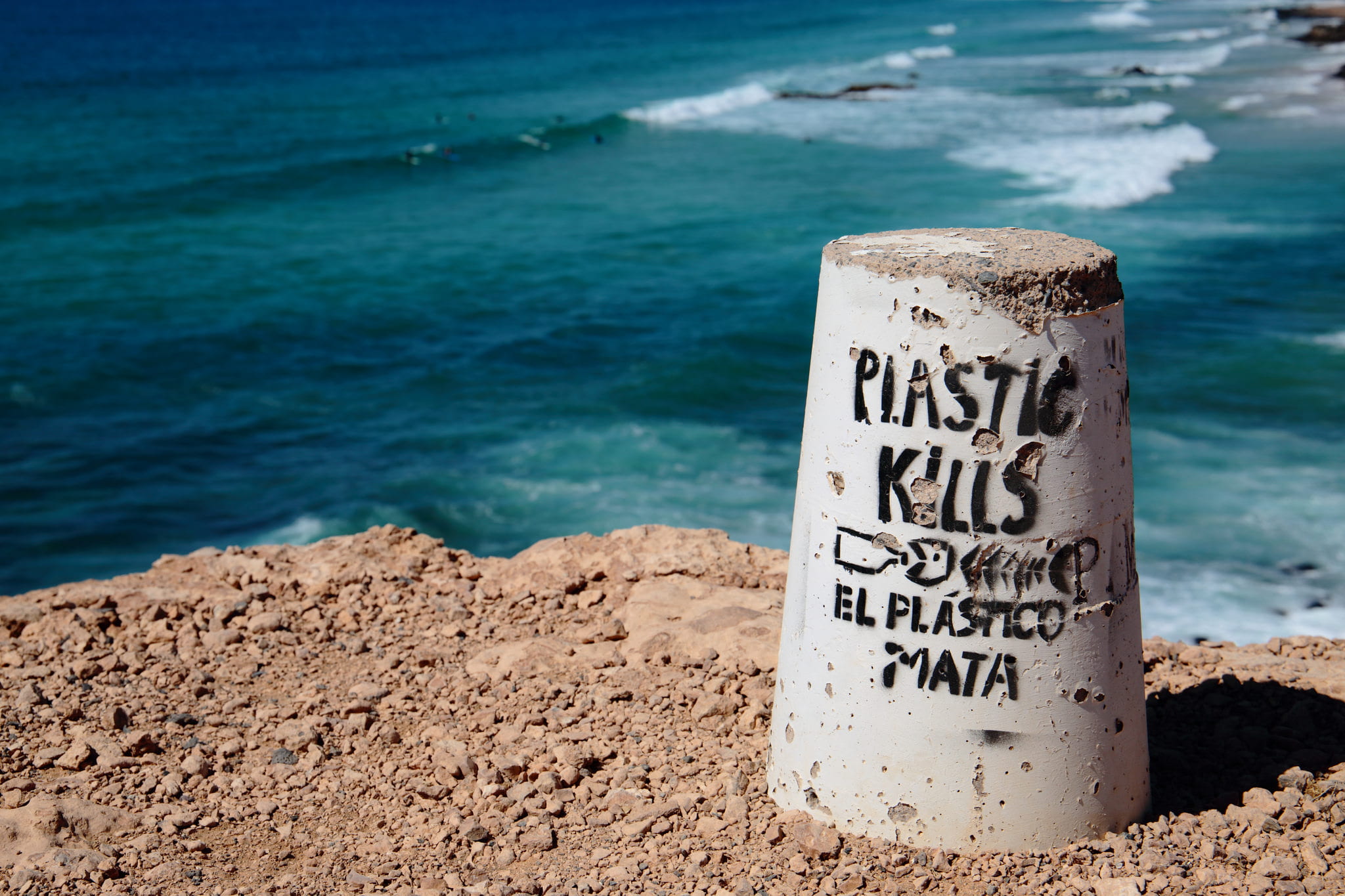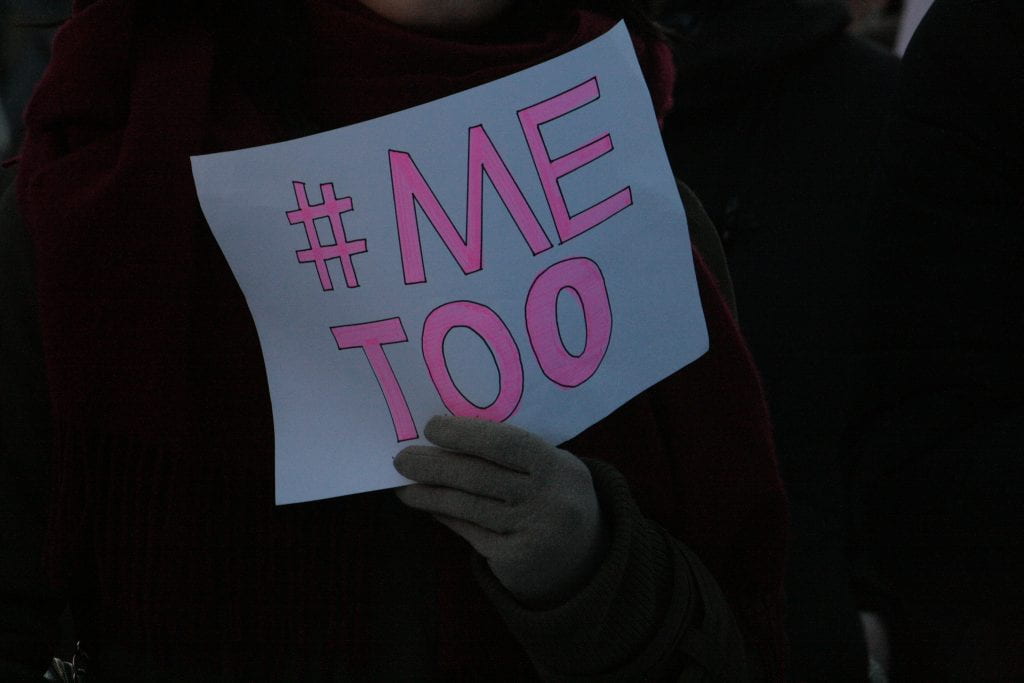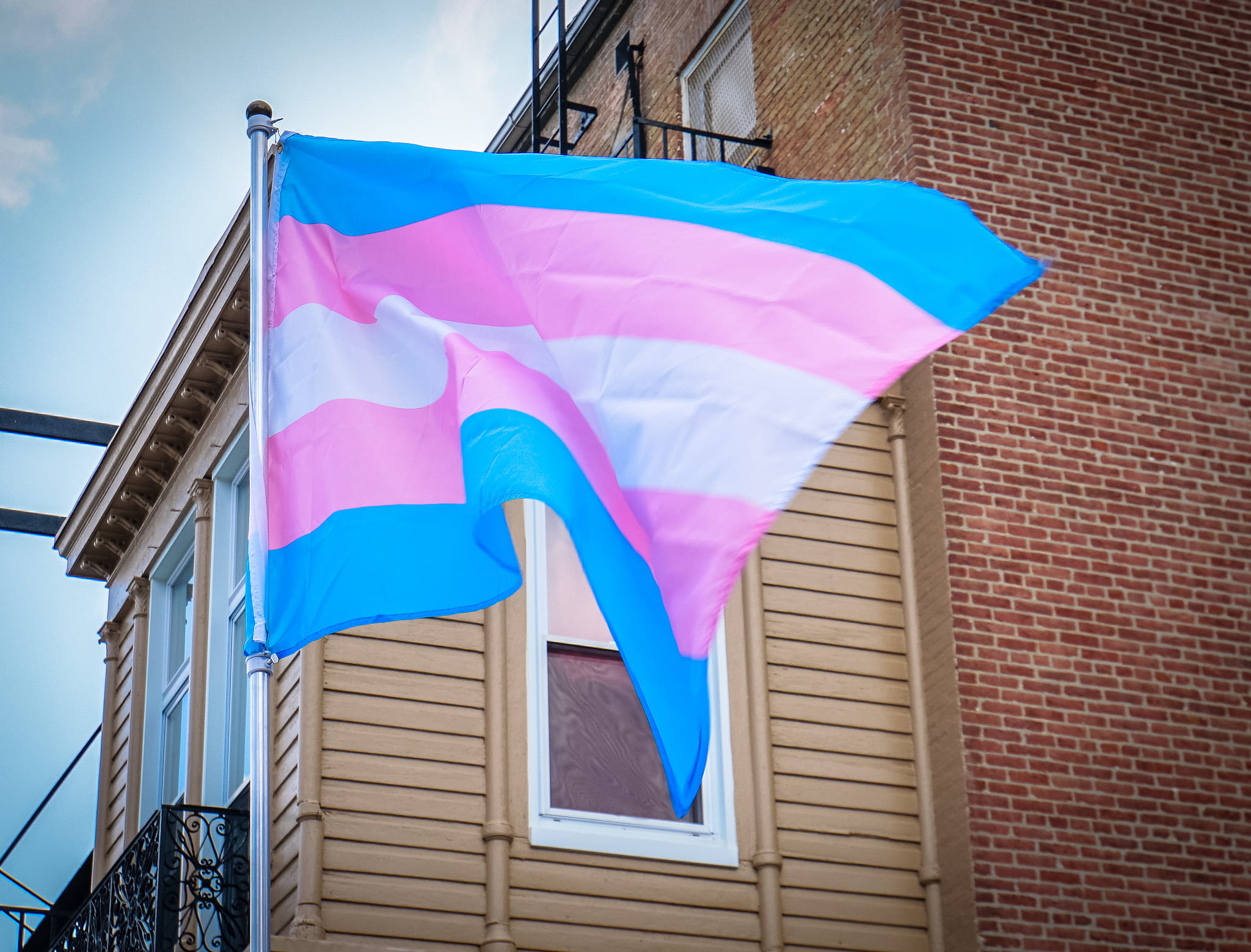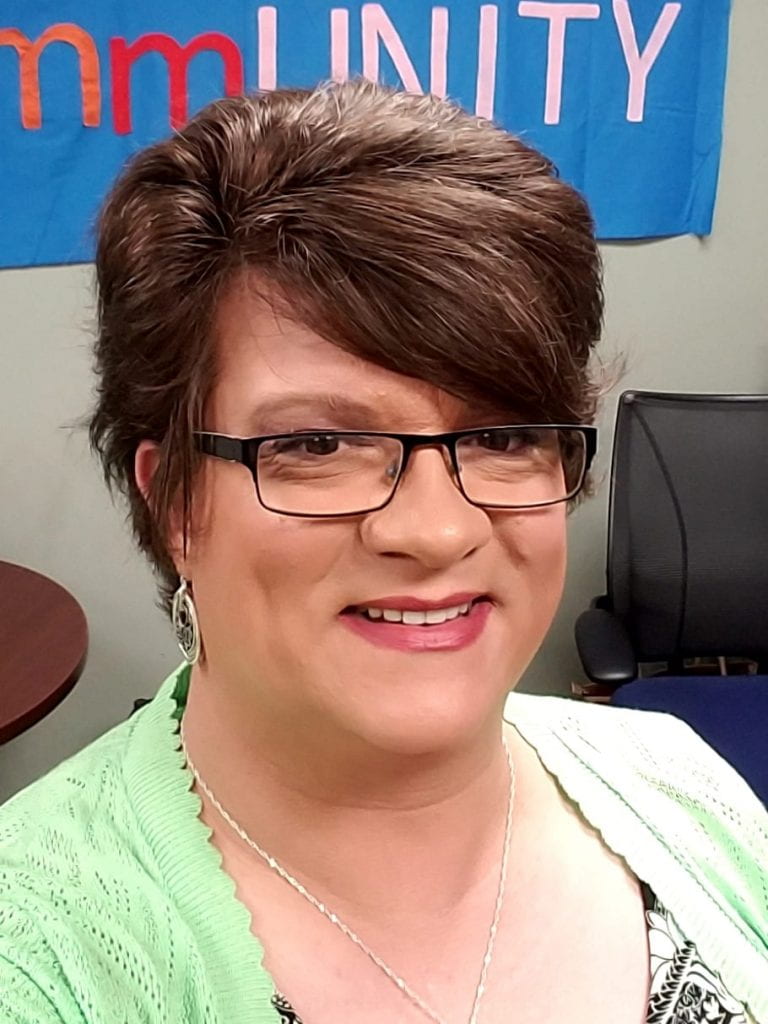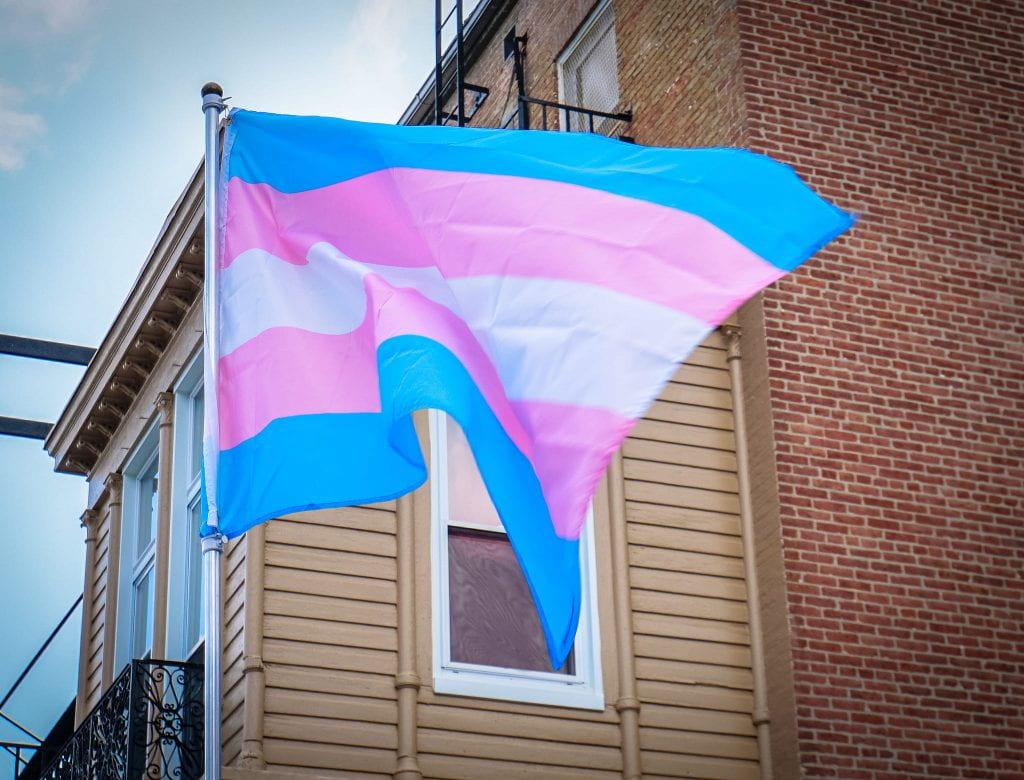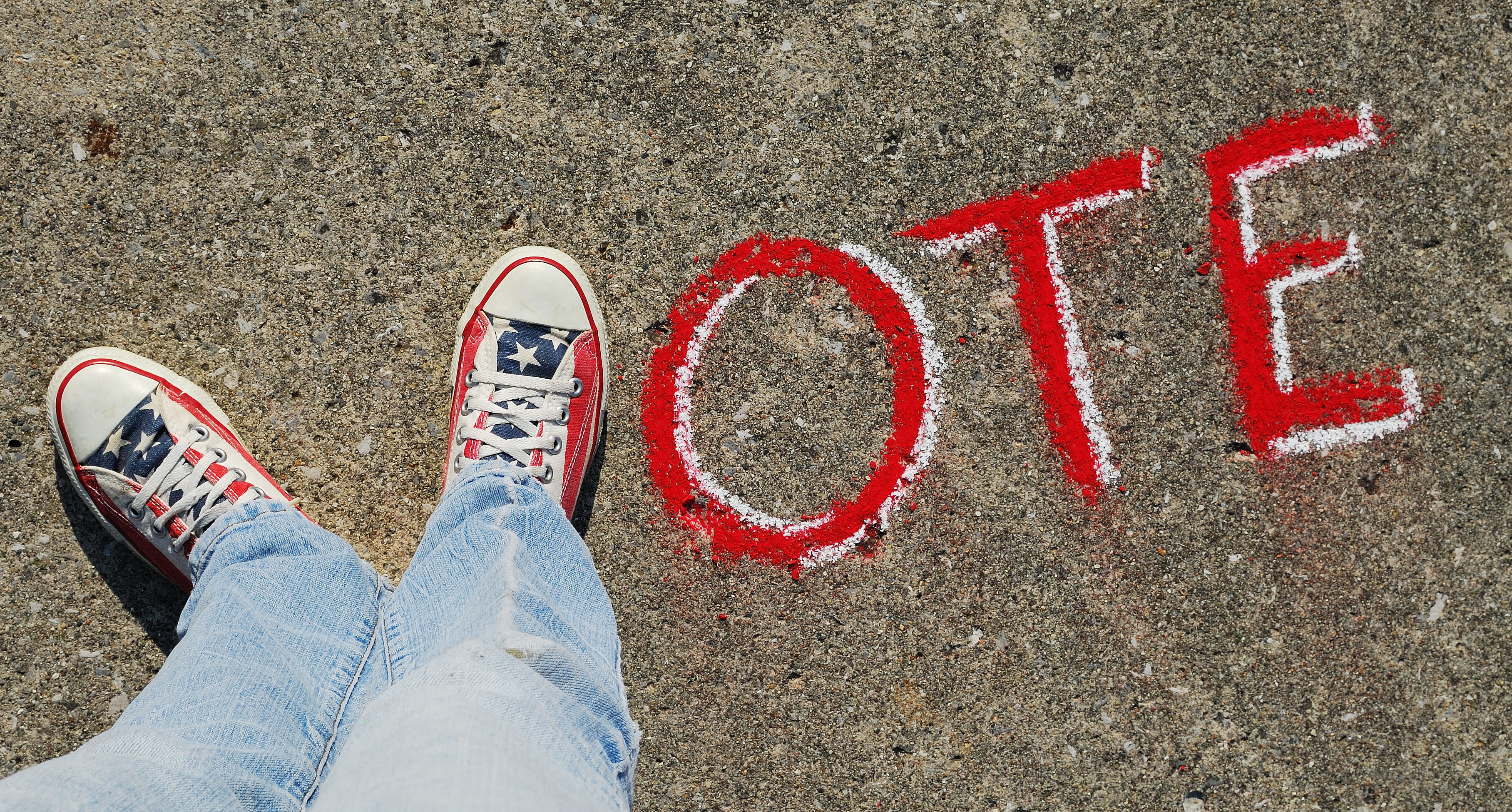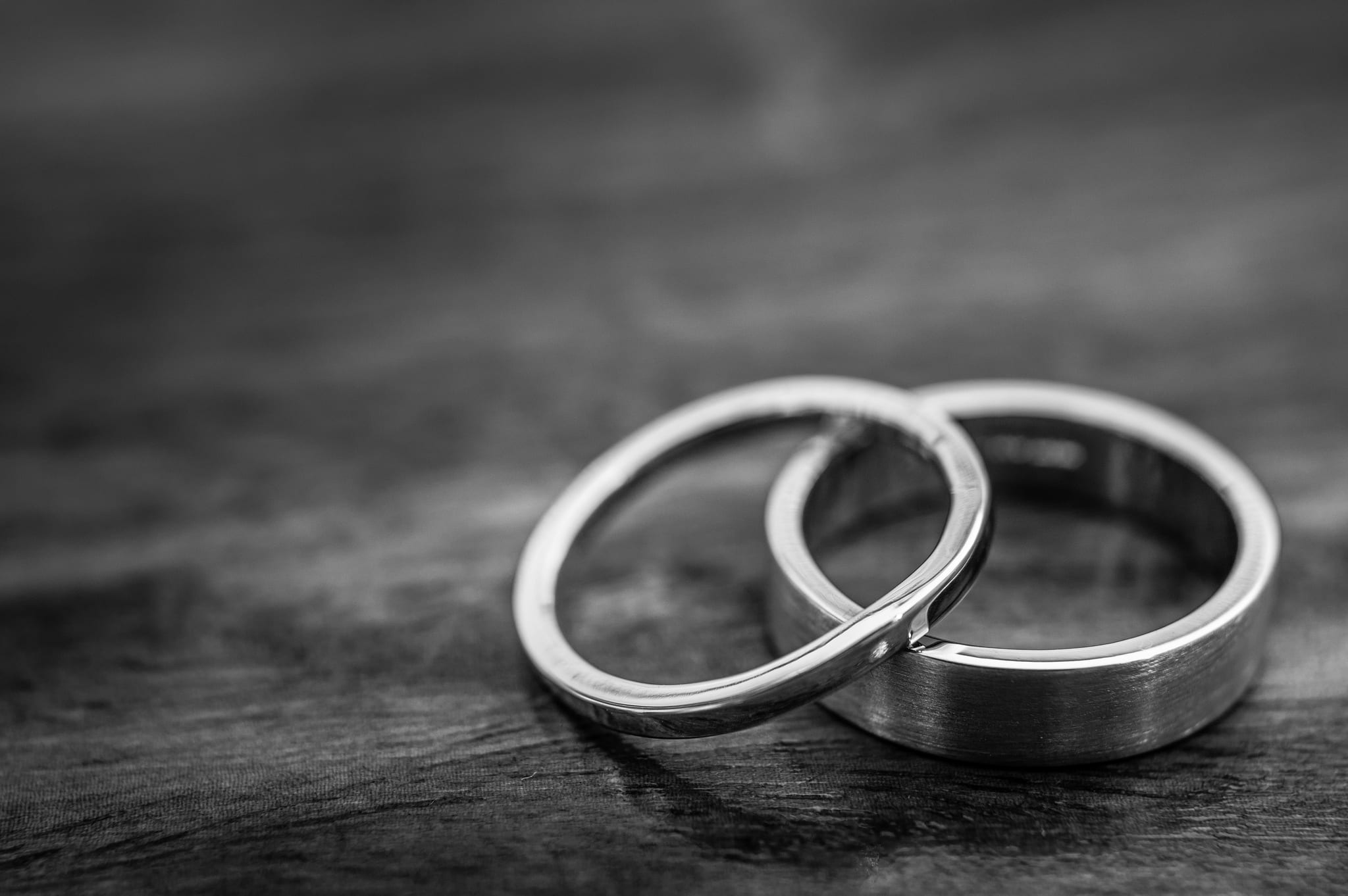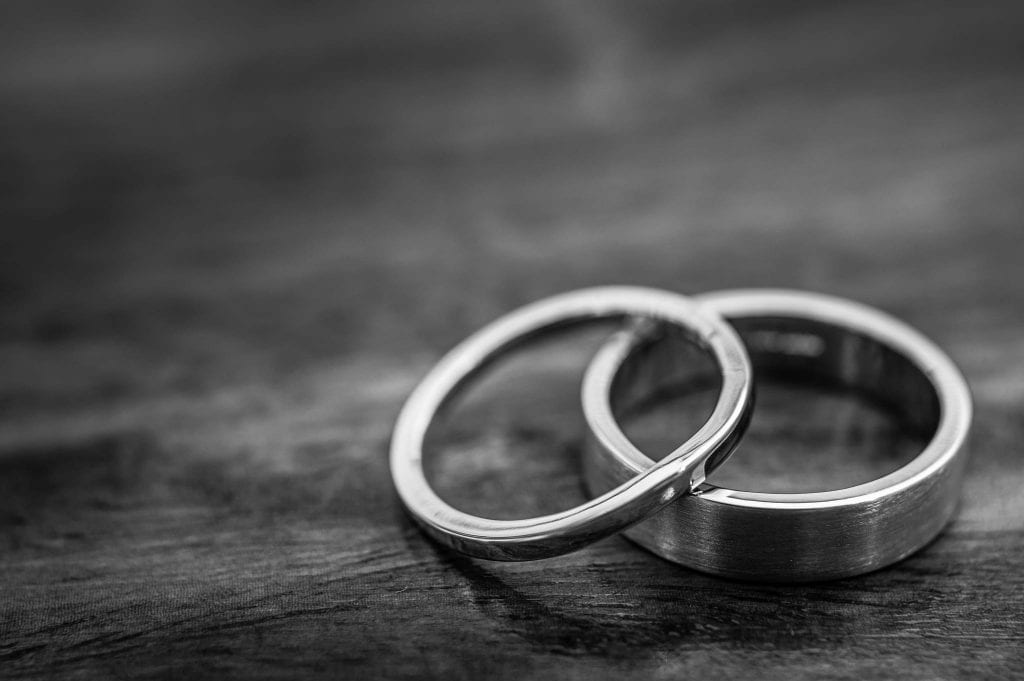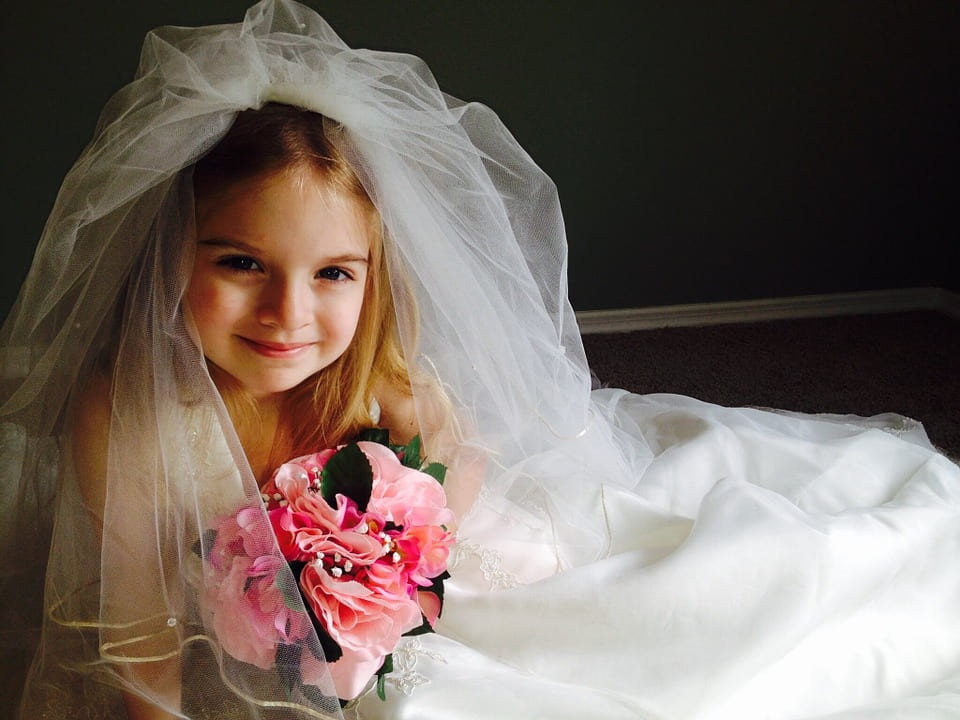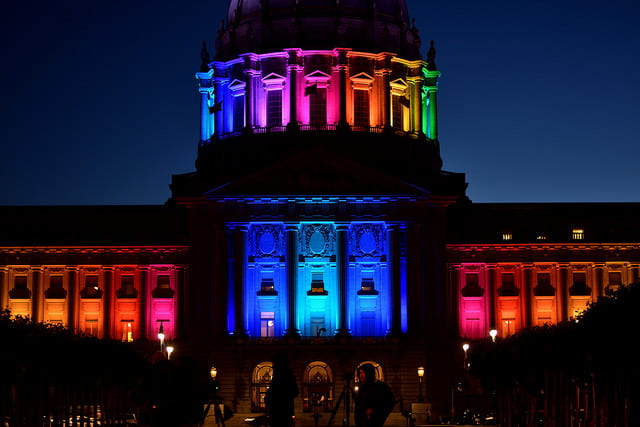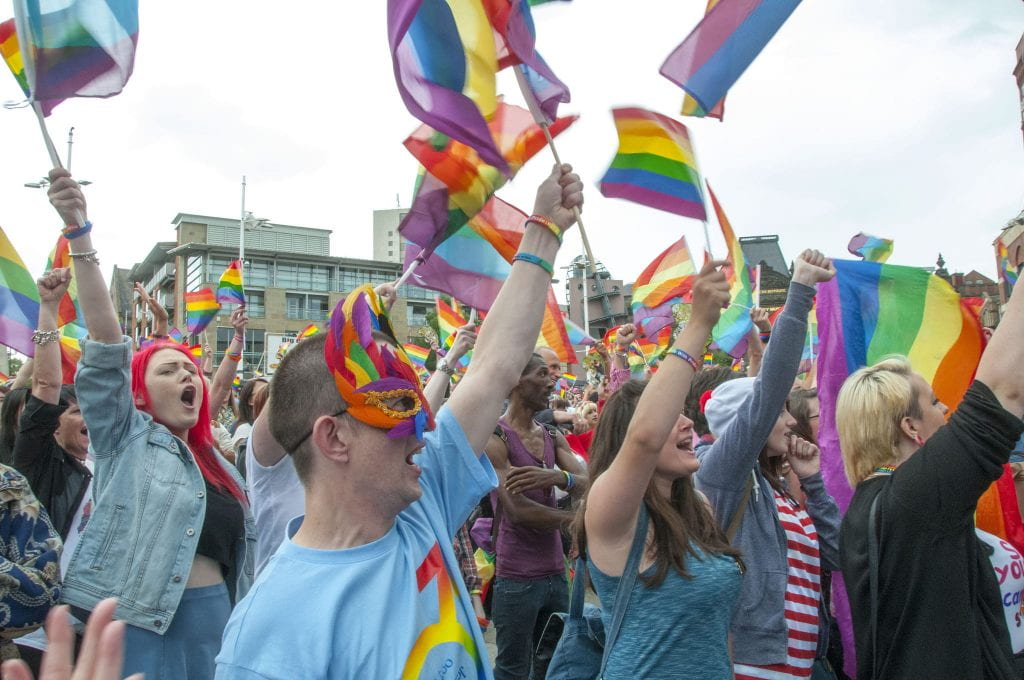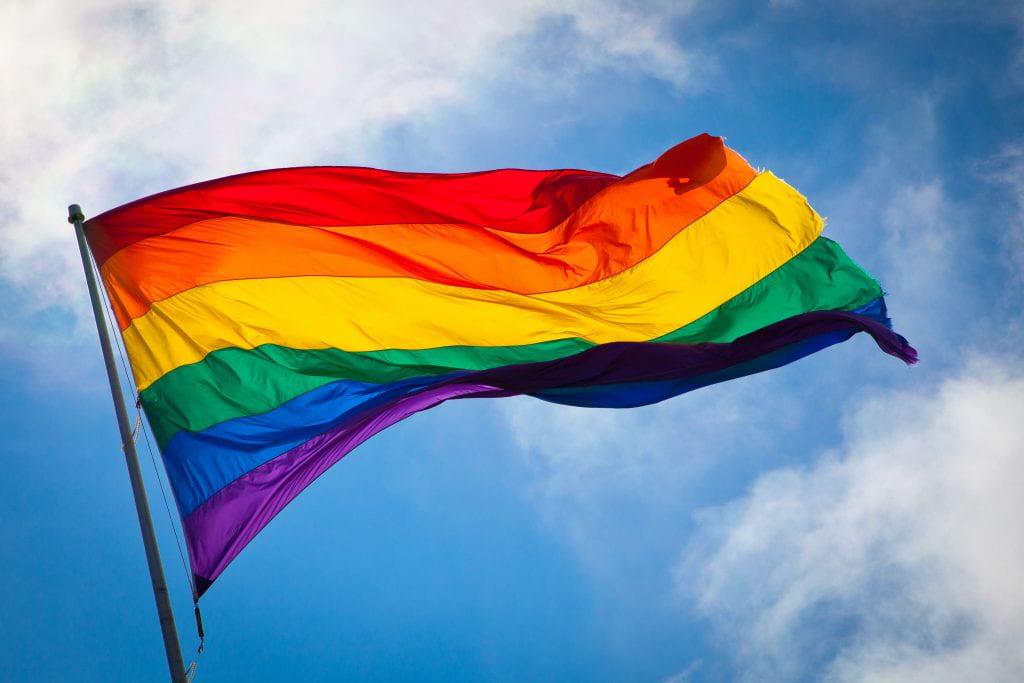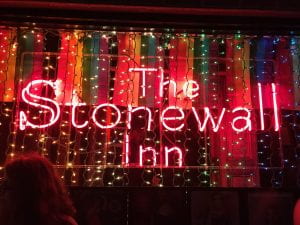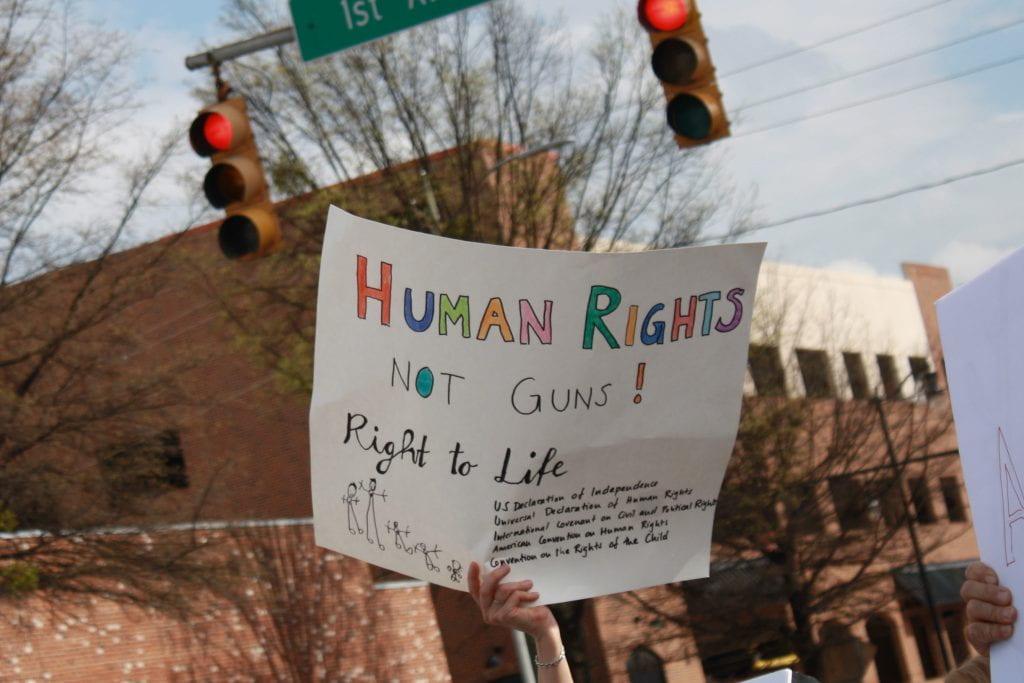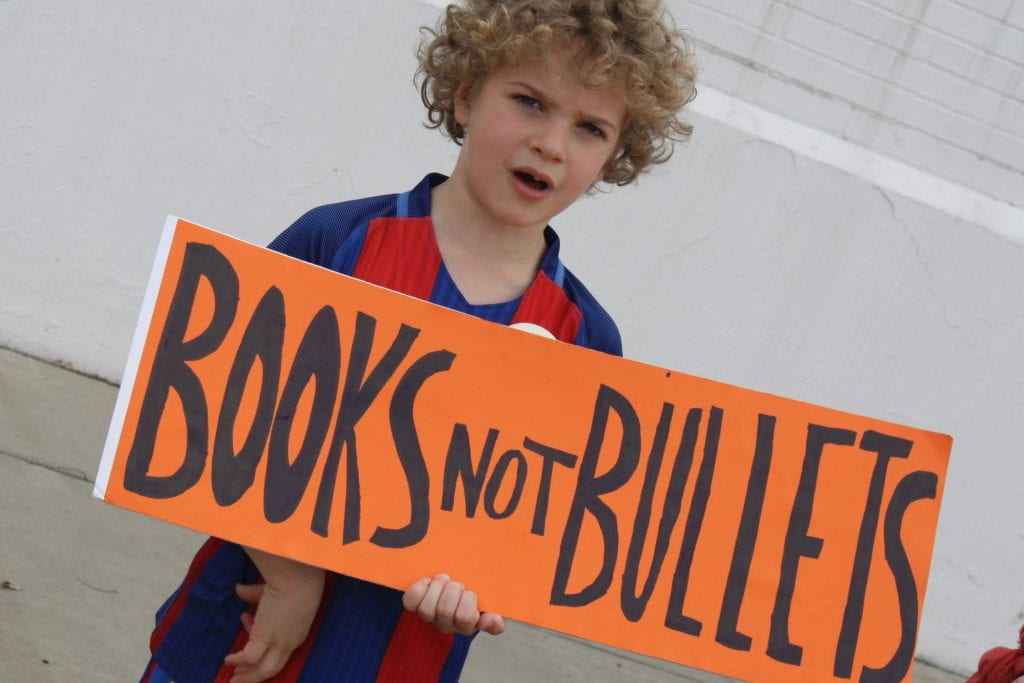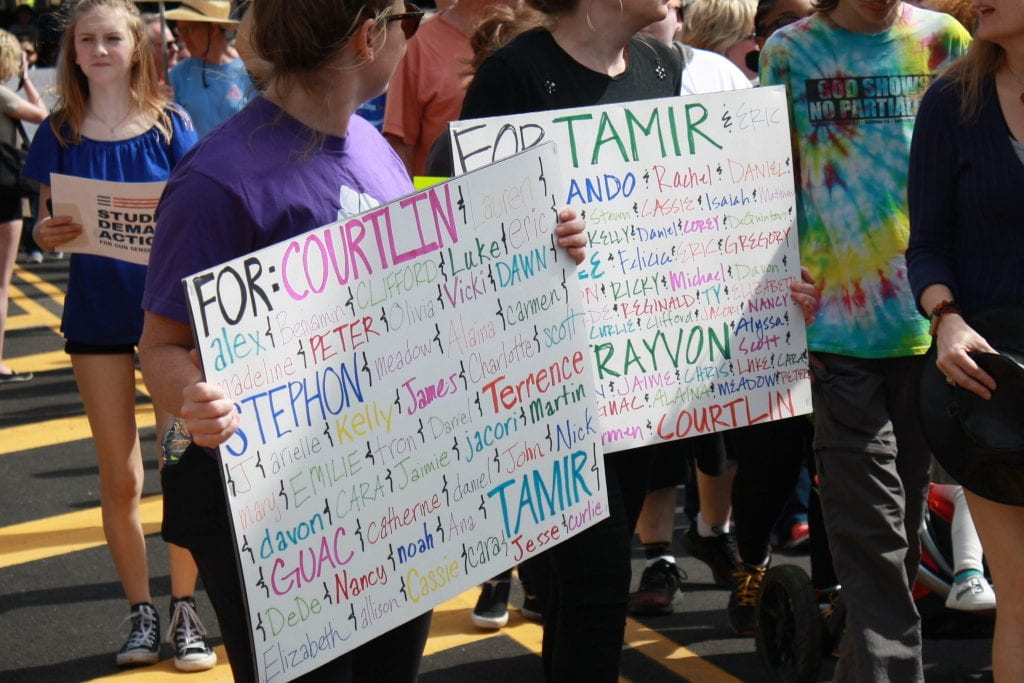Recent environmental campaigns have focused on the use of plastic straws as an easy way to eliminate/decrease plastic waste. Harmless in theory, this campaign is actually detrimental to a wide range of persons with disabilities. The mechanics of lifting one’s arm to drink is not universally able; many people with mobility impairment, chronic pain, or other issues are unable to drink without the aid of a straw. This issue extends to a variety of products and items that are labeled as “convenience items” for able-bodied people, but are critical to the health of persons with disabilities.
Convenience items, for abled people, can include things like pre-chopped veggies in plastic cartons at the supermarket or disposable plates and cutlery. Baby wipes are another critical example; environmentally damaging (heard of fatbergs?) but can make an incredible difference in helping persons with disabilities have control over their own hygiene. One may respond to this by saying, “Why can’t they just take a shower?” Unfortunately, shower is not “just a shower” when you have one or more disabilities. It can be a dangerous, isolated environment – a race against your own body’s limits, where even if you win (i.e., don’t pass out, fall, or injure yourself), you still end up exhausted. Baby wipes, despite a terrible environmental impact, allow persons with disabilities to bypass that exhaustion and exert control over their own hygiene. Essentially, convenience items are any item that saves time/energy at the expense of extra waste and often, a higher price tag. “Convenience” is a misleading term though, since these persons with disabilities depend on these products to function.
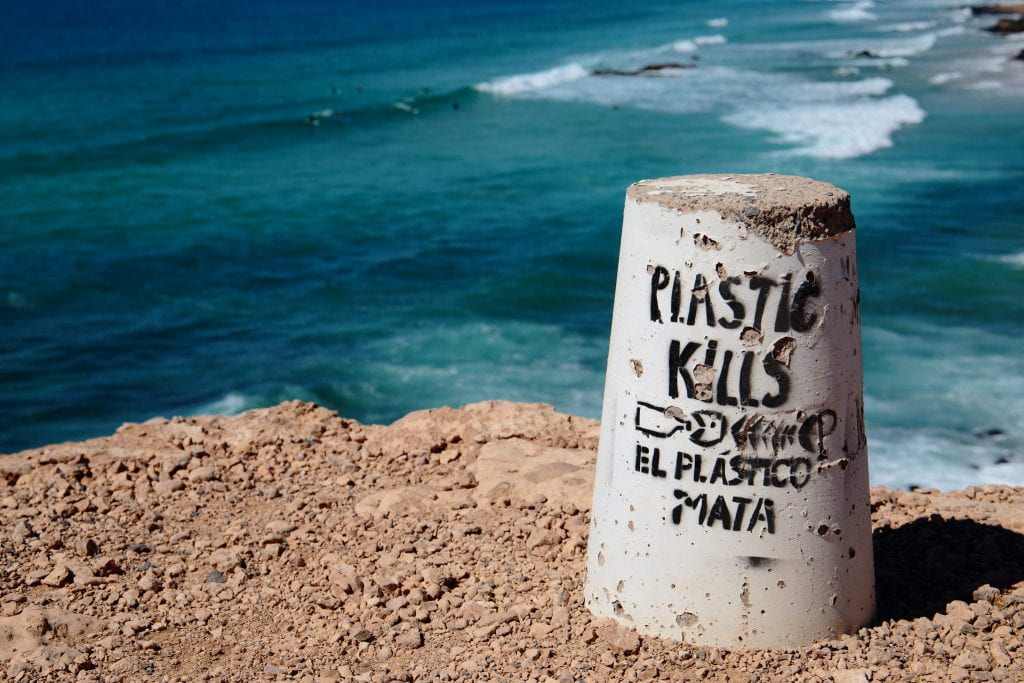
Let me explain the dependent relationship between those products and persons with disabilities. For those of you familiar with spoon theory, just bear with me for a moment. Spoon theory is a metaphor for the difficulties of persons with disabilities, where spoons represent a unit of energy / ability to accomplish a task. The theory itself is credited to Christine Miserandino, a blogger with Lupus. Able-bodied people, in this metaphor, have an indefinite amount of spoons, while persons with disabilities often wake up each morning with only a few, maybe a dozen. Every activity that seems mundane and forgettable (like putting on your clothes, taking a shower, driving to work) requires the use of a spoon. Persons with disabilities have to be careful and deliberate in every action to conserve spoons for the most important activities throughout the day — otherwise, we’ll be out of spoons before lunch, immobilized by exhaustion or pain.
I say “we” because this issue has personal impact for me. I have Ehlers-Danlos Syndrome (as I’ve discussed in earlier blogs), which is a multi-systemic connective tissue disorder that causes chronic pain and joint instability among hundreds of other symptoms. Yes, hundreds! Cardiovascular, gastrointestinal, immune, respiratory, and nervous system dysfunctions galore. My WebMD history is the stuff of nightmares. It’s an invisible disability, which means that I often appear to be perfectly healthy — even though that couldn’t be further from the truth.
Due to my joint instability, I run the risk of painfully dislocating my shoulder every time I lift my arms. Lifting a heavy water bottle and tilting my head back can leave lingering nerve pain for weeks, depending on the severity of my condition that day. Chopping vegetables can make my hands, wrists and shoulders hurt for days, so pre-chopped packages of veggies save me at least one metaphorical spoon. Even getting a glass of water can be a labor-intensive process. If you have indefinite spoons, you may not even notice the effort involved. What feels like a quick trip to the kitchen for able-bodied people can be actually an arduous, multi-step experience. Standing, walking, lifting my arms, filling a cup with water, opening the freezer for ice — there are deliberate mechanics requiring strength and mobility that go into each of those tasks. Those mechanics are impossible for some and exhausting for many others.
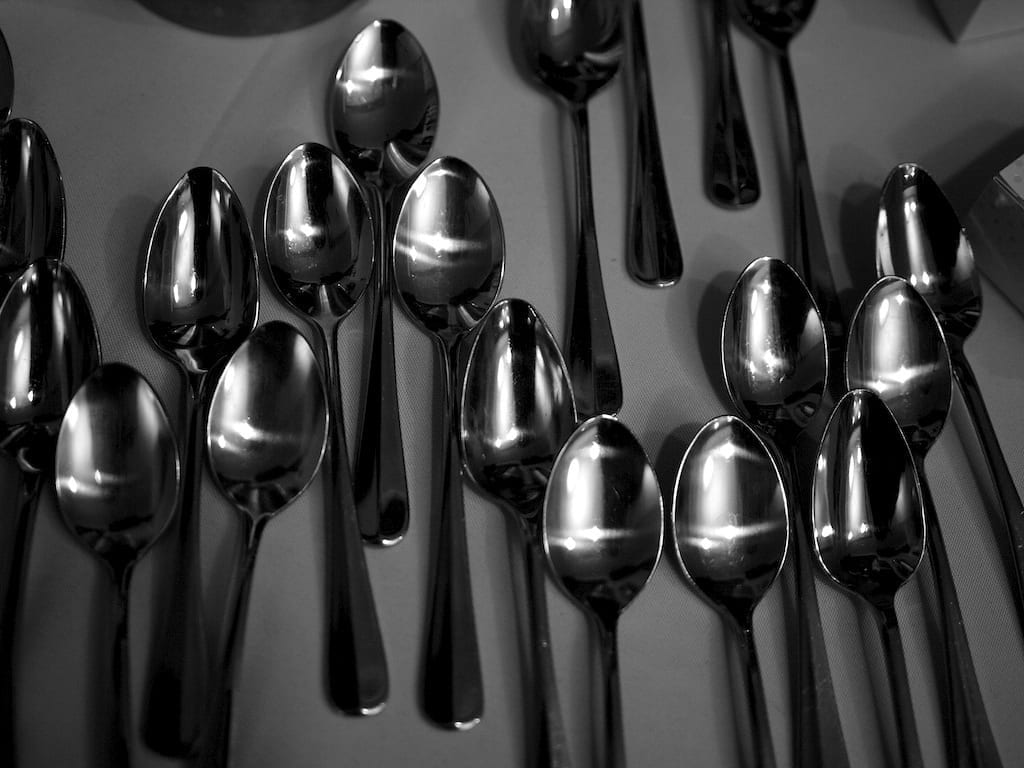
So grabbing a water bottle and a straw can save me the spoons that would be wasted in the process of making a glass of water. And no, I’m not exaggerating. Every single step is intentional for persons with disabilities, because our mobility is not a given. Our daily functioning is a result of years of grueling practice. We build routines that we depend on, filled with little things that are just “conveniences” to other people, but absolutely crucial for us. I have said before that my body operates like a stick-shift vehicle, while most people have the convenience of having an automatic. Able-bodied people are so used to having an automatic that they assume it feels that way for everyone, but any action or movement requires conscious, concentrated effort for people like me who are the human equivalent to a 1971 Ford Pinto (exploding gas tank included).
With that in mind, it’s no wonder that persons with disabilities become so frustrated when their “convenience” items are attacked. With my environmentally conscious friends, I often feel alienated and shamed for my use of plastic bottles and straws. I wish I did not depend on those items, but should people with disabilities have to choose between their immediate, personal health or contributing to global plastic waste? The fact that we have to even make that choice is appalling. Persons with disabilities genuinely care about the environment but we have an obligation to ourselves as human beings to secure our personal wellbeing over anything else.
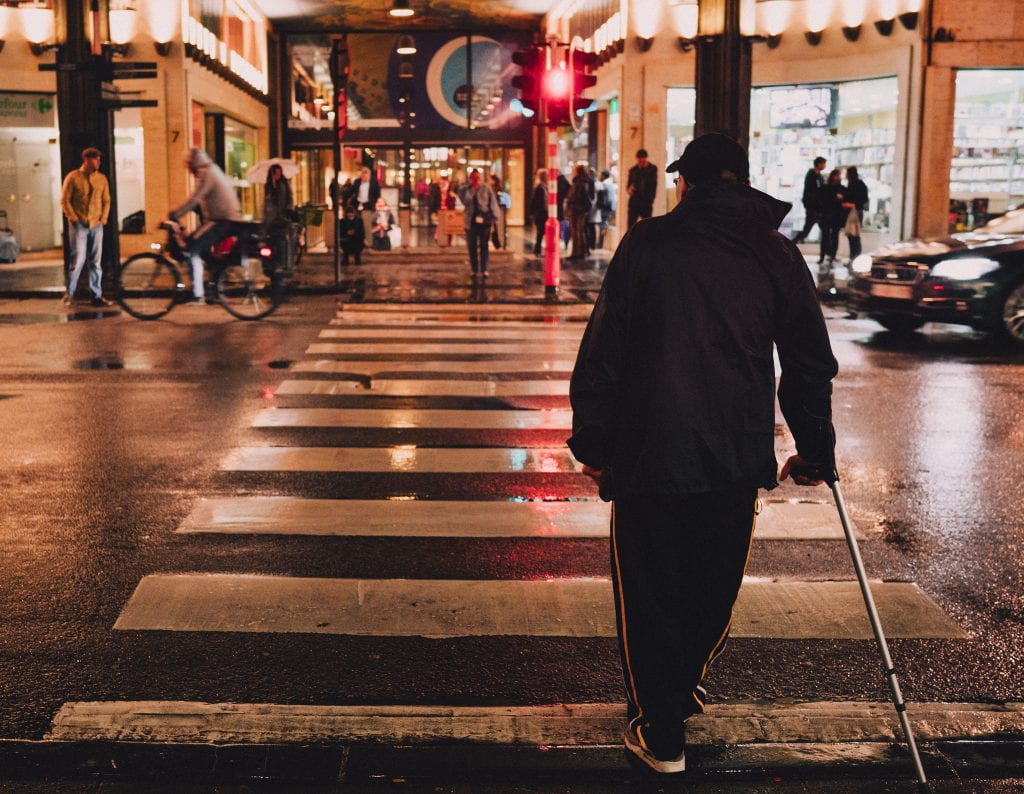
What about alternatives to plastic? That’s a great question, but it comes with some complex answers. Biodegradable products are typically less accessible, more expensive, and rarely offer a genuine replacement for their plastic predecessor. Biodegradable baby wipes are difficult to find and can be seven times more expensive than regular baby wipes. After a quick search of popular shopping sites, I found that regular wipes costs about 1 cent per sheet, while the most popular biodegradable option costs 7 cents or more per sheet. Disability activist Penny Pepper points out the issues with biodegradable alternatives in an opinion editorial for the Guardian.
Take for example, paper straws. According to Pepper (who is a published author, punk-rocker, and wheelchair burlesque dancer), paper straws lack flexibility, which is critical to achieve a safe drinking angle. The angle of one’s straw is important when you are unable to hold a cup yourself, or need someone to hold it for you. Metal and bamboo straws have the same issue, and are often too wide, which is not ideal for people with biting issues. Reusable straws run the risk of collecting bacteria, which is dangerous when autoimmune disorders are a factor.
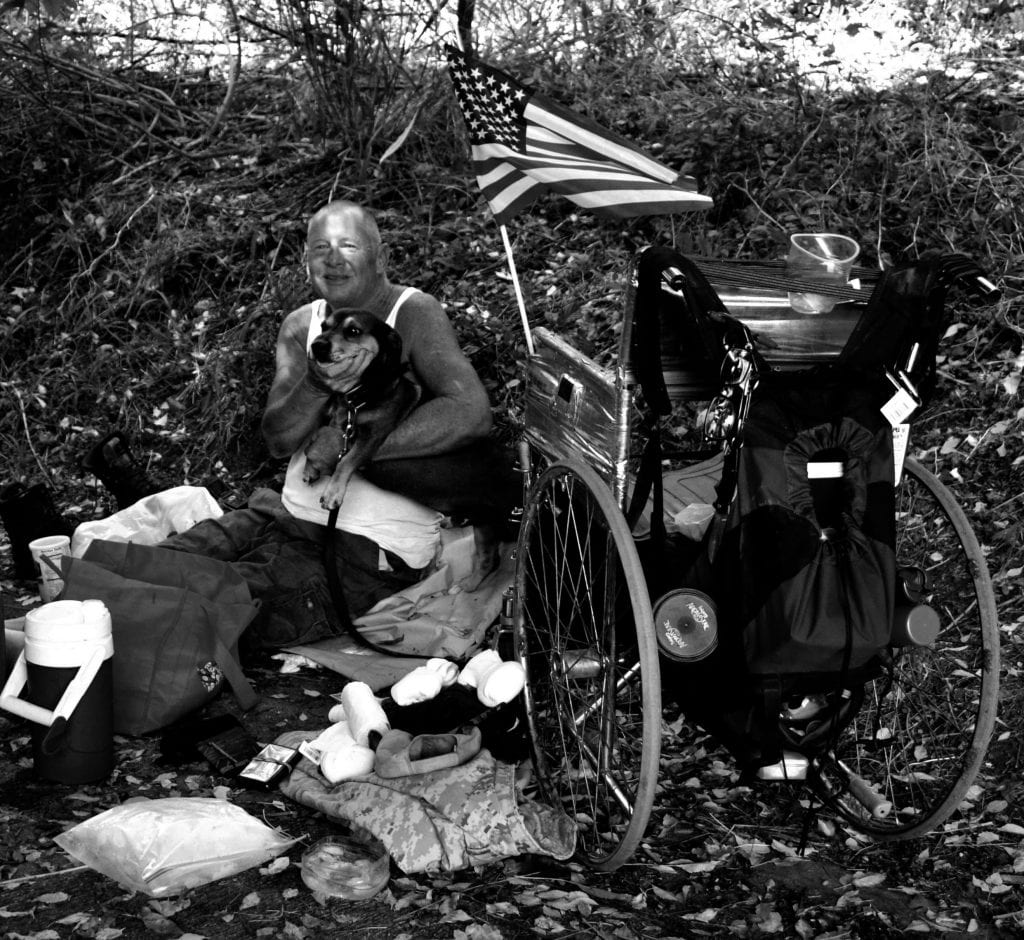
Even if all of those factors are somehow minimized, cost is still an issue. Most persons with disabilities are already at a disadvantage economically. “Research consistently finds that disabled people are less likely to be in employment than non-disabled people and when employed they receive, on average, lower pay” (Equality and Human Rights Commission). In the most recent annual compendium of national disability statistics, individuals with disabilities had a poverty rate of 26.7% – considerably higher than the national poverty rate of 11.6%. Not only that, but the cost of living with disabilities is substantially higher. Accessible housing is difficult to find. Medical expenses can be astronomical. Adequate health insurance can be hard to come by without a full-time job, and full-time jobs are often impossible for persons with disabilities. With all that in mind, persons with disabilities have little room to afford higher-priced products.
I have personally faced harsh disdain from environmental activists on the wastefulness of the above products. Yet, for people like me who depend on those products, it feels like a knife in the gut to be shamed for choosing your own health over environmental welfare. That knife twists when it is made apparent that the health of persons with disabilities comes second to the health of marine animals. I care about sea creatures just as much as the next person does – maybe even more – but hear me out: the rights of persons with disabilities should be prioritized over the rights of sea turtles.
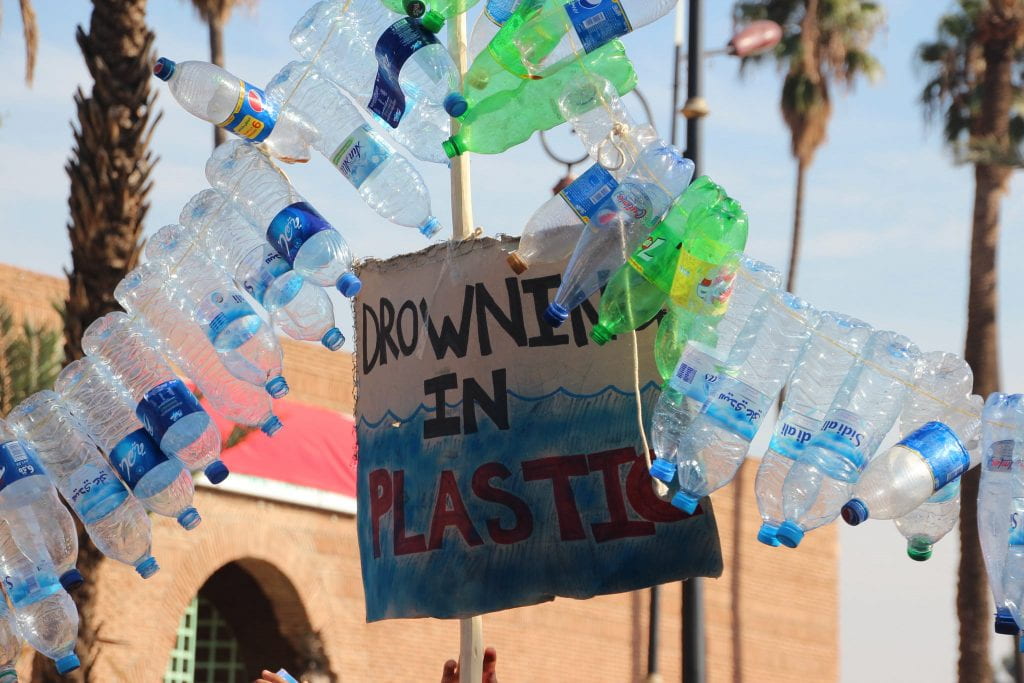
So how do we bridge this gap? How can persons with disabilities engage in environmental activism without compromising their own health? The burden is not on us. Rather, it falls on the leaders of environmental campaigns as well as product manufacturers. Persons with disabilities already do what they can with the products that are available to them, and daily life is enough of a struggle. Most of us actually want to be included in environmental causes, but it has to fit into our daily spoon allocation. The solution? Make environmentalism more accessible. Manufacturers create the problem with the mass production of environmentally damaging products; individuals and environmental NGOs shape the narrative, focus, and reaction. Both ends must commit to an inclusive paradigm shift.
Environmental NGOs and their leaders must do a better job at listening to persons with disabilities in order to create a more inclusive approach. The focus of environmental campaigns matter – instead of demonizing plastic straws, find another plastic product that is more universally able to boycott. Remember that consumer activism isn’t limited to boycotting; try buycotting instead, which encourages consumers to spend their dollars on a company that shares their concerns and values. If you have the financial flexibility, spend a few dollars more on a sustainable product over a cheaper, less responsible option. You can read more about strategies of political consumerism here in a journal article by Lisa Neilson.
Alternatively, encourage the innovation of products that persons with disabilities depend on. If you have the skill and ability to develop an environmentally conscious product to genuinely replace items like plastic straws and baby wipes, do it! We can’t just give up our dependence on those items, but most of us would gladly make a more environmentally responsible choice if it were both available and affordable. Ideally, the environmental movement will develop a commitment for inclusivity so that persons with disabilities can fully engage without compromising their integrity. After all, we want the world to be better, too. We need the world to consider the human dignity of persons with disabilities as a co-requisite for environmental justice.
